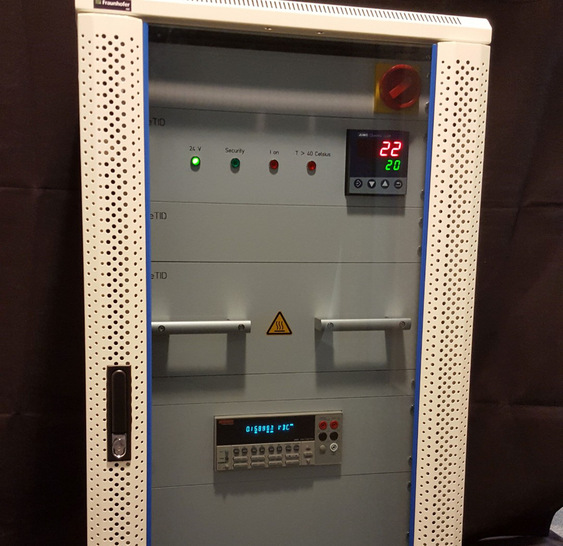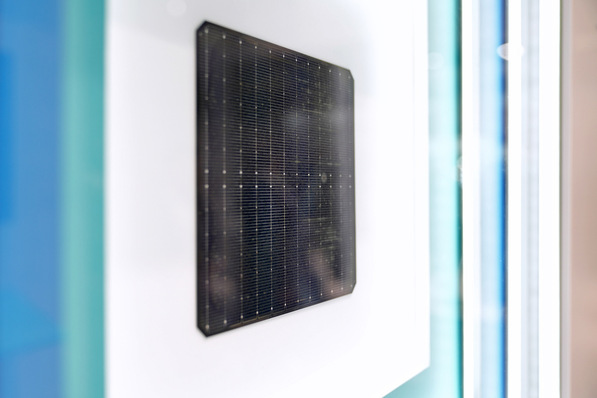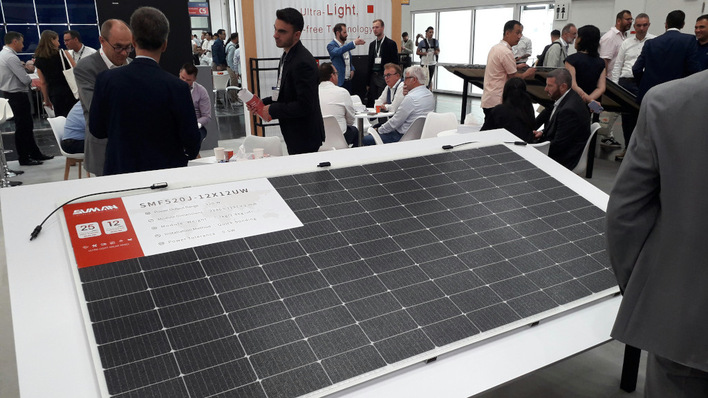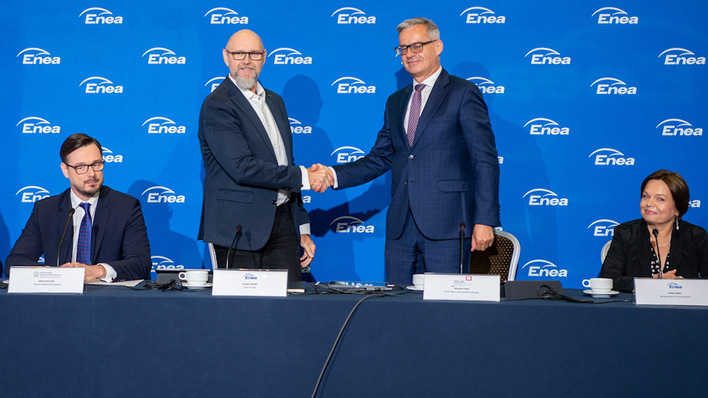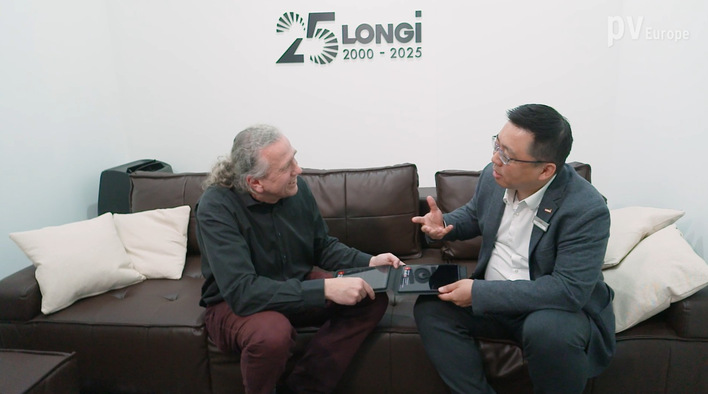Unlike the boron-oxygen-related LID effect, which typically occurs in the first few months of operation, LeTID can take years to manifest and cause a reduction in performance of up to ten percent.
At the moment there is still some controversy within the industry regarding the emergence of LeTID and its consequences. One consensus is that hydrogen plays an important role in its creation. Furthermore, modules with PERC cells are considered particularly prone to the phenomenon.
See also:
Silicon carbide transistors improve efficiency in home storage systems
aleo Solar has been studying the LeTID phenomenon for some time. The German manufacturer offers modules with a guaranteed output of 85.12 per cent of the rated output in the 25th year of operation. Such a performance guarantee is only possible through careful material selection.
This has now been confirmed by Fraunhofer ISE. At this institute, aleo has had its high-efficiency series tested for LeTID. The modules spent a total of 486 hours in a 75°C climatic chamber with Isc-Impp power applied. After the test, the modules showed a maximum degradation of 1.52 per cent.
This value is well below the limit of 5 per cent, which the proposed standard does not allow to be exceeded. There is still no official test specification or standard for the LeTID test. To date, there are several drafts for this purpose, which ISE has used as a basis for testing the aleo modules. There are also discussions about including a LeTID test as a test sequence as part of IEC 61215.
In order to reflect conditions that are as realistic as possible, aleo has opted for the most comprehensive version with 162 hours per cycle. This way, the manufacturer with a focus on quality and longevity can be sure that they can provide their customers with an excellent performance guarantee. (mfo)


